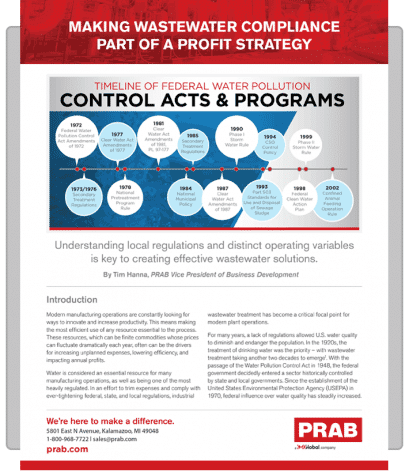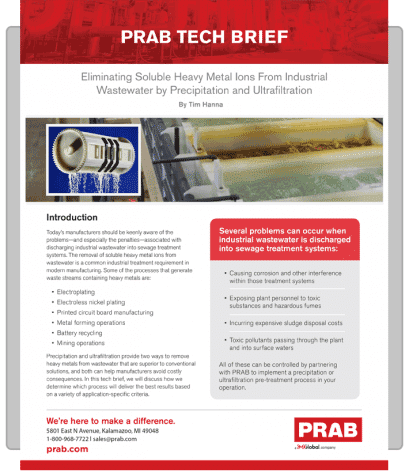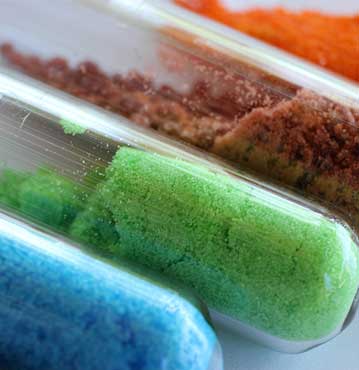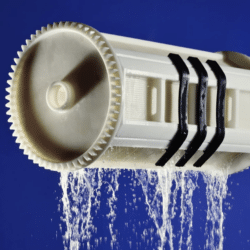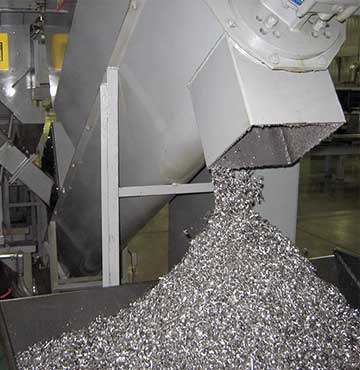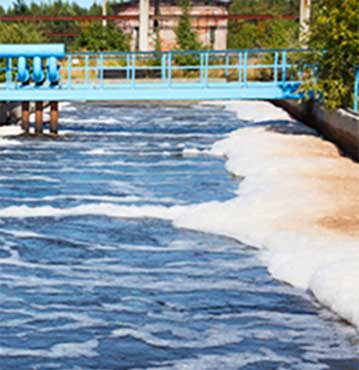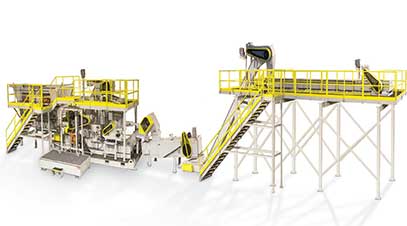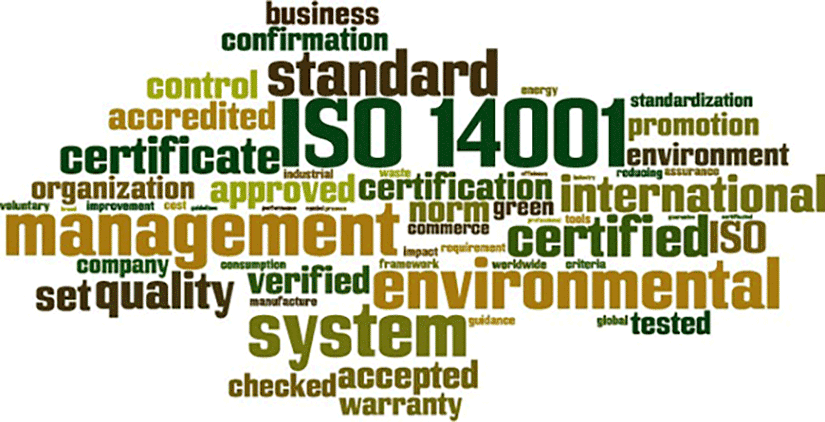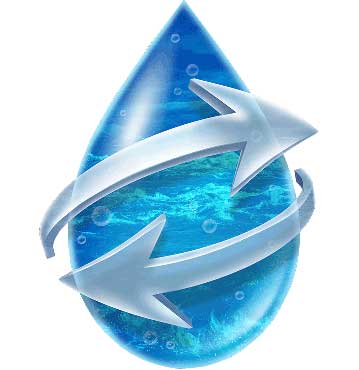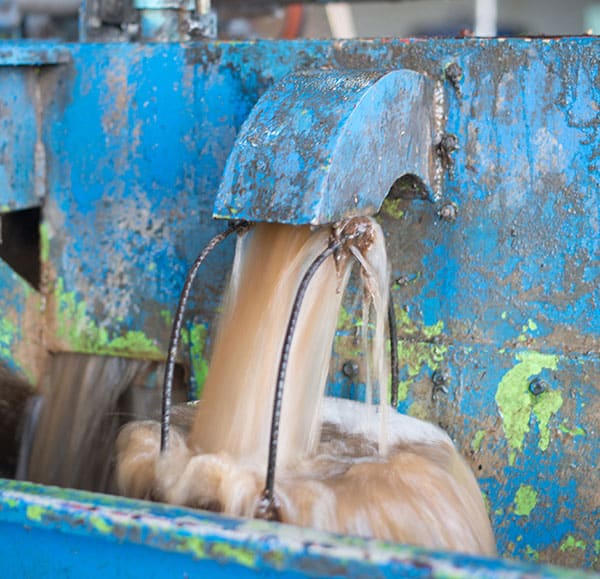
Blog: Reduce Rinse Water Use
Most of the hazardous waste in surface finishing comes from wastewater that is generated by rinse water. Due to the substantial amount of this waste, within this $155 billion dollar industry, companies are taking quick action to mitigate the environmental risk associated with dumping, and consumption. One of the major steps is though pollution prevention planning and water conservation. […]

